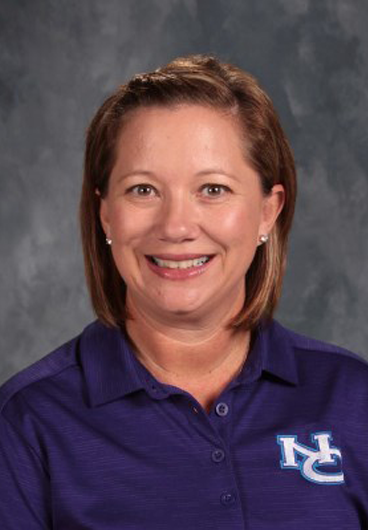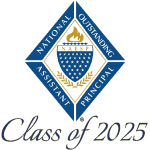
Jessica Koch
Nemaha Central Elementary & Middle School
Seneca, Kansas
jskoch@usd115.org
Best Practices
1) Parent and Community Relations: Building strong relationships between parents, teachers, and the community is essential for a successful school system. Nemaha Central Elementary and Middle School have long recognized this, offering various events to foster these relationships. However, with approximately 500 students in a PreK-8 building, hosting large-scale events posed logistical challenges. We needed a way to create meaningful family engagement opportunities while still managing the space and resources available. In the 2022-2023 school year, we introduced a solution called “Family Connections.” Rather than large, one size-fits-all events, we tailored family involvement opportunities to individual grade levels, aligning them with classroom activities and projects. Teachers collaborated to design events that naturally invited family and community participation. The goal was to make these connections authentic and manageable for everyone involved.
Examples of Family Connections Events:
- 6th-8th Grade: Pi Day with Grandparents/Grandfriends – Students invite their grandparents or special friends to join them for a Pi Day celebration. Together, they bake pies, with proceeds from the sale of the pies donated to a local family in need. This event fosters intergenerational relationships while teaching students about community service besides the hands-on math and science application.
- 5th Grade: Engineering Extravaganza – 5th graders invite family members to observe and participate in their hands-on Engineering Extravaganza. This event showcases students’ creativity and problem-solving skills, allowing families to witness their child’s learning.
- 4th Grade: Kansas Day Presentations & Popcorn – On Kansas Day, 4th-grade students share their state history projects with family members. This provides an engaging way to involve families in the curriculum while celebrating local history.
- 1st Grade: Lemonade with Loved Ones – The 1st grade organizes a cross-curricular Lemonade Stand, where students invite family members to participate in the planning and execution of the event. This integrates math, reading, and social studies, giving students a hands-on, real-world learning experience while involving parents and community members.
Through these “Family Connections” events and many others, we’ve successfully balanced the need to build relationships with our school community while ensuring that the logistics of hosting these events remain feasible within the limitations of our building.
2) Student Assessments: Nemaha Central Elementary and Middle School consistently achieve test scores above the state average in Math, Reading, and Science. However, the administration, faculty, and staff believed “good” was not good enough. As a result, we adopted a school-wide approach to critically examine our processes related to student assessments, the data derived from these assessments, the curriculum used across all tiers, and the effectiveness of our intervention strategies in addressing student needs. We have witnessed significant positive outcomes through this process, supported by targeted staff development. First and foremost, the professional growth demonstrated by our teachers has been remarkable. They have deepened their understanding of the approved curriculum and learned how to address the diverse needs of students, regardless of their starting points. Additionally, students have embraced the routines established by their teachers, allowing them to maximize instructional time and focus on meaningful learning activities. Communication with parents and caregivers has also strengthened. Teachers regularly share student progress reports and proactively communicate when adjustments are necessary. This collaborative partnership among teachers, parents, and students ensures that every child’s needs are addressed effectively. Students are actively setting goals and taking ownership of their learning journey. Administrators and Title staff strategically plan assessments for the entire academic year, ensuring a balance between instructional time and testing. Our ultimate objective is to use assessment data to improve actionable plans that drive student success. By aligning instruction, assessments, and interventions, we create an environment where every student can thrive personally and academically.


